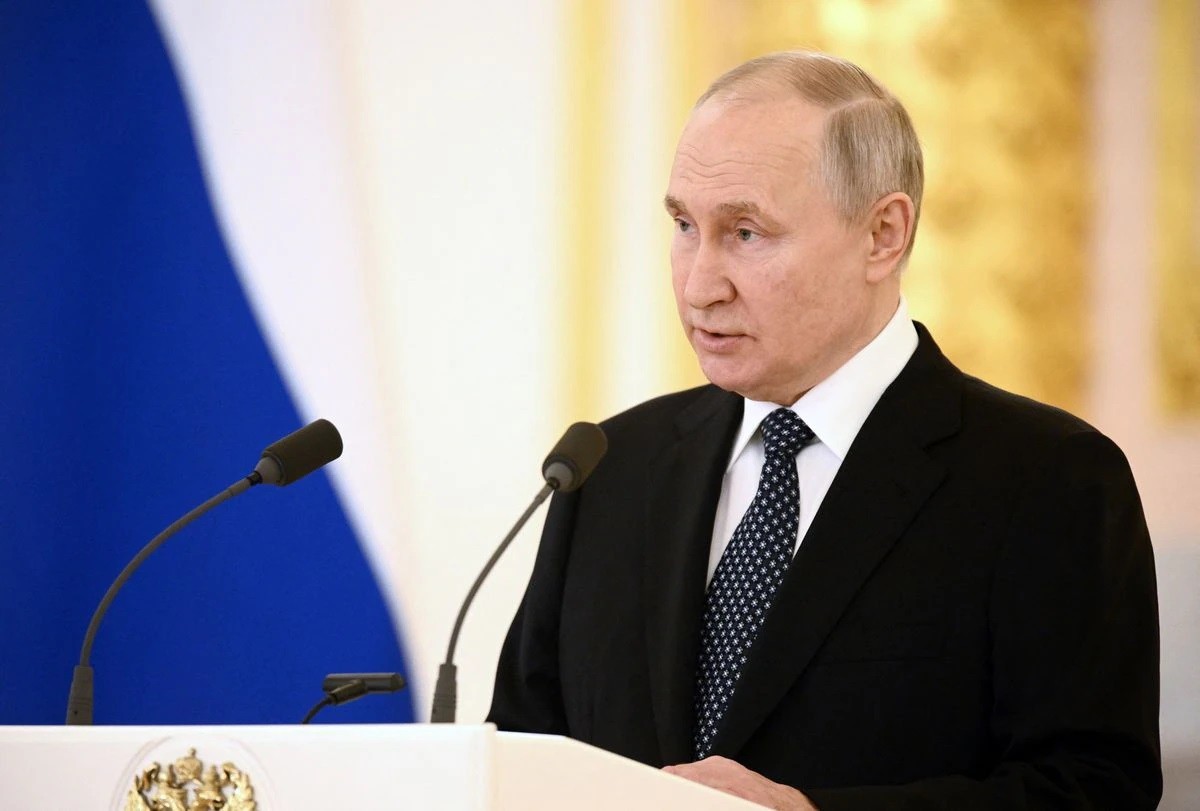 |
| Russian President Vladmir Putin. (Source: Reuters) |
On June 5, the Kremlin issued an urgent announcement stating that the video clip of Russian President Vladimir Putin broadcast on many radio and television stations in areas bordering Ukraine was a deepfake fake created by hackers.
Fake video, real impact
In the speech, the voice of Russian President Vladimir Putin created by deepfake technology said a state of emergency had been declared in the Belgorod, Voronezh and Rostov regions of Russia due to upcoming attacks from Ukrainian forces. The fake Putin also asked residents in the regions to evacuate their homes and seek shelter deeper inside Russia.
| Deepfake is a technology that uses artificial intelligence (AI) to take a person's image and voice and put it into another person's video. Deepfake technology collects a subject's facial image and then replaces this face with another person's face in the video. For audio files, deepfake uses a real person's voice recording to train a computer to speak exactly like that person. |
Radio Mir , one of the stations hit by the attack, said the incident lasted about 40 minutes. Meanwhile, TV clips of the fake Putin video have also begun circulating on social media. No individual or organization has yet claimed responsibility for the incident.
After the clip went viral, Kremlin spokesman Dmitry Peskov asserted that the declaration of martial law was the work of hackers.
"There is definitely no (declaration of martial law). There was indeed hacking in some areas. I was told that there was a hacking incident on Radio Mir and on some other channels. Now all the hackers have been eliminated and the information channels are back under control," Dmitry Peskov told Russia's TASS news agency.
The Kyiv Post also reported that the administrative center of the Belgorod region called the video message a deepfake aimed at "spreading fear among peaceful Belgorod residents."
Hanna Liubakova, a Belarusian journalist and non-resident fellow at the Atlantic Council, shared a TV clip showing a fake image of Mr. Putin.
Assessing the incident, data scientist Arseny Khakhalin, an expert in artificial intelligence (AI), said that this hack could be typical of the use of deepfake to weaponize in the Russia-Ukraine conflict.
However, this is not the first time deepfake technology has been used in this conflict. In the first weeks of Russia’s special military operation in February 2022, a deepfake video of Ukrainian President Volodymyr Zelensky was released. In that deepfake video, Mr. Zelensky appeared to urge his soldiers to lay down their weapons and surrender. The video was quickly removed, but it had already spread widely on social media.
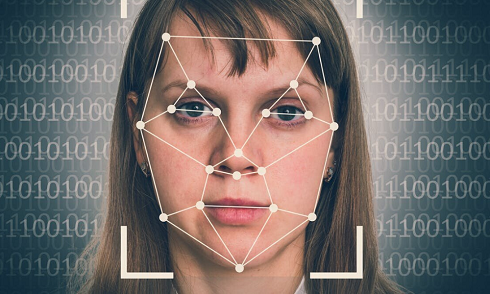 |
| In propaganda, deepfake technology has a convincing military or political effect, it is a weapon that can have a huge impact. (Source: socialmediasafety) |
The new popular weapon
Colonel Philip Ingram, a former British military intelligence officer and North Atlantic Treaty Organization (NATO) policymaker, told Politico Europe magazine about the Putin impersonation that deepfake posts purportedly created from real figures are a growing risk in a world influenced by AI.
According to this person, in propaganda, deepfake technology brings convincing military or political effects, this is a weapon that can have a huge impact.
"I suspect this is a new weapon of mass destruction," added Colonel Philip Ingram. He cited a few weeks ago when a fake photo of the Pentagon bombing went viral on Twitter, causing the stock market to plunge by $500 billion before recovering.
Professor Hany Farid at the University of California, Berkeley (USA), an expert on digital media, warned that people should not be surprised by such things in the current context when people build and deploy tools to manipulate reality combined with media channels such as TV, radio, internet ... can immediately impact billions of dollars. Many agents with different purposes will abuse these technologies.
“This is especially true when our regulators have not sought to provide adequate protections for the tech sector, while Silicon Valley continues to grow fast and disrupt things,” Professor Hany Farid stressed.
Source



![[Photo] Cat Ba - Green island paradise](/_next/image?url=https%3A%2F%2Fvphoto.vietnam.vn%2Fthumb%2F1200x675%2Fvietnam%2Fresource%2FIMAGE%2F2025%2F12%2F04%2F1764821844074_ndo_br_1-dcbthienduongxanh638-jpg.webp&w=3840&q=75)






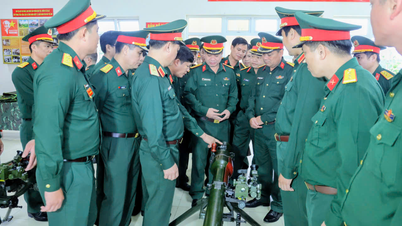

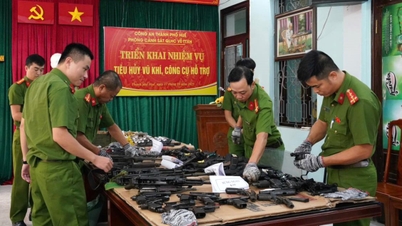

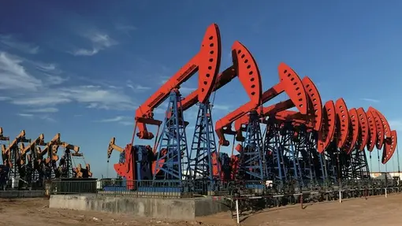

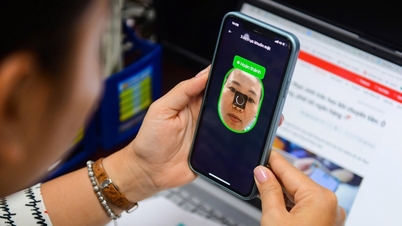



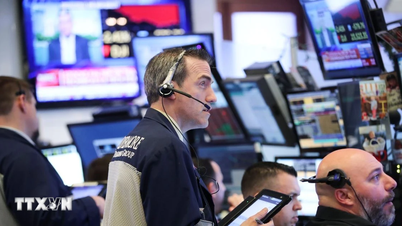



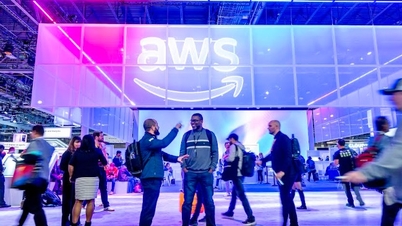



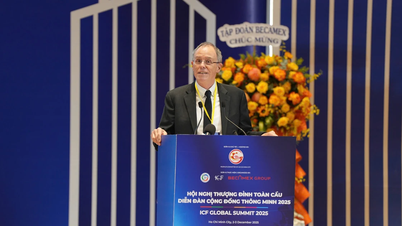
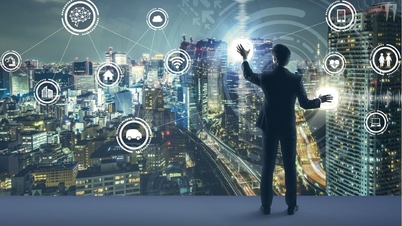




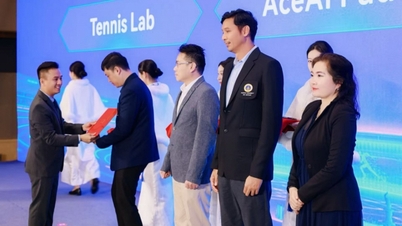
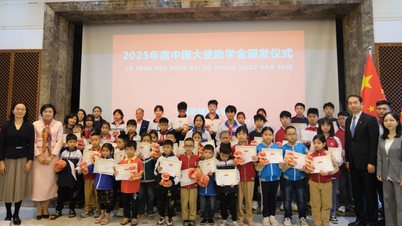

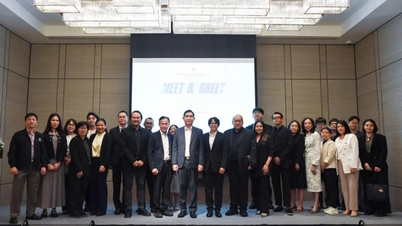

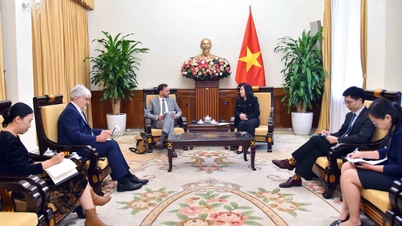


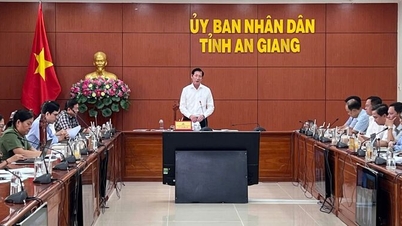

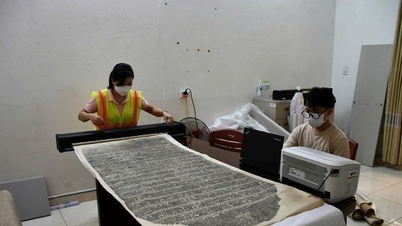




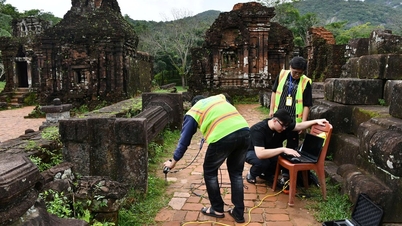



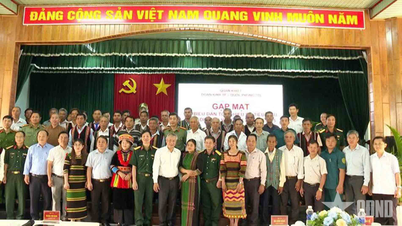

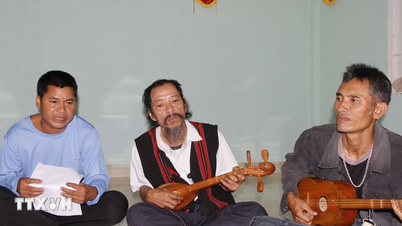
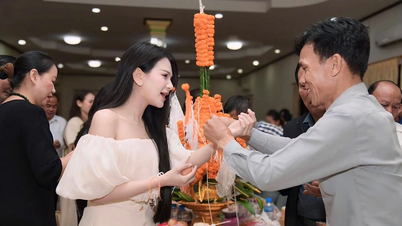



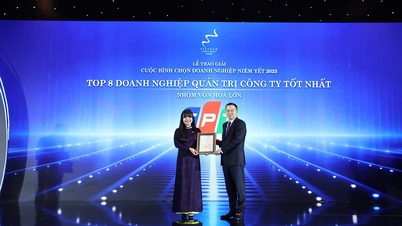

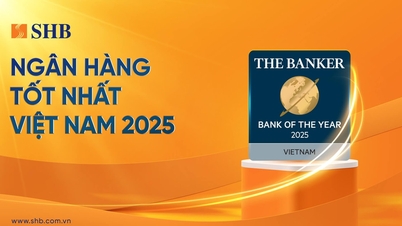

![[VIMC 40 days of lightning speed] Da Nang Port: Unity - Lightning speed - Breakthrough to the finish line](https://vphoto.vietnam.vn/thumb/402x226/vietnam/resource/IMAGE/2025/12/04/1764833540882_cdn_4-12-25.jpeg)
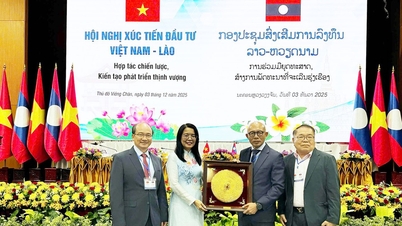











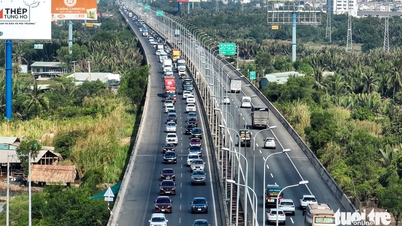



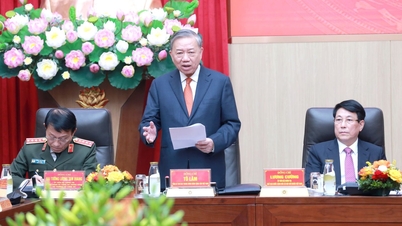

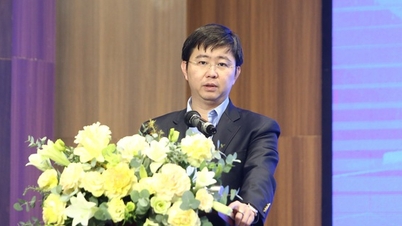

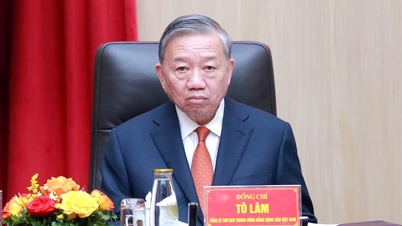





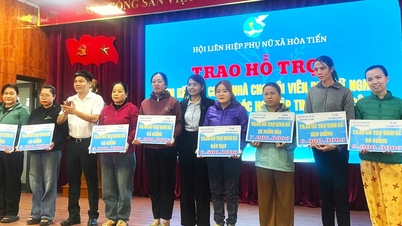

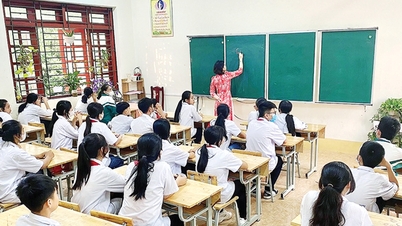

















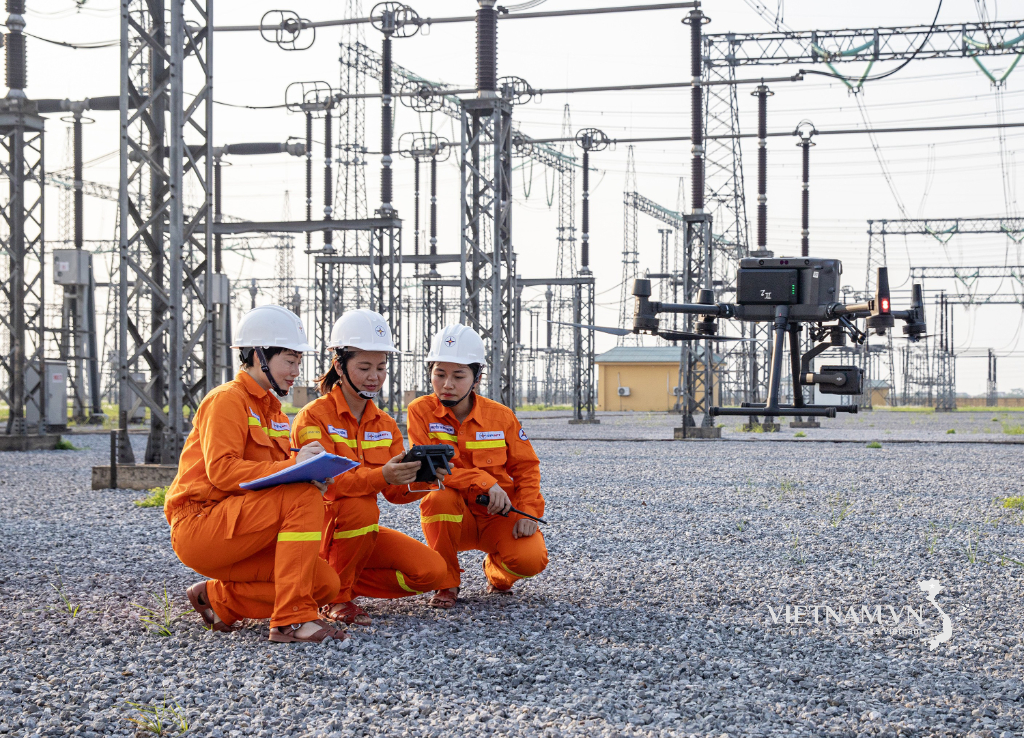
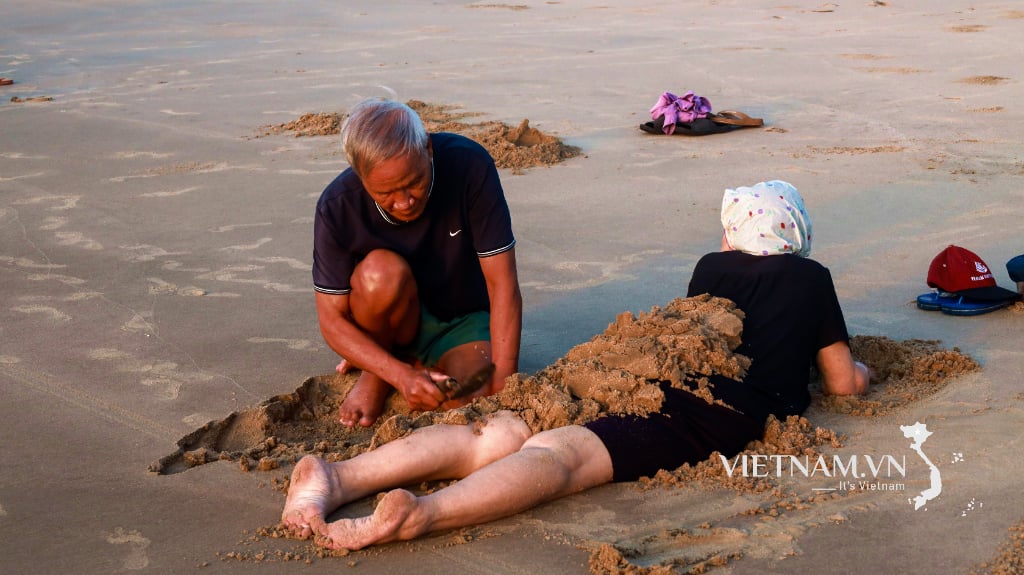

Comment (0)